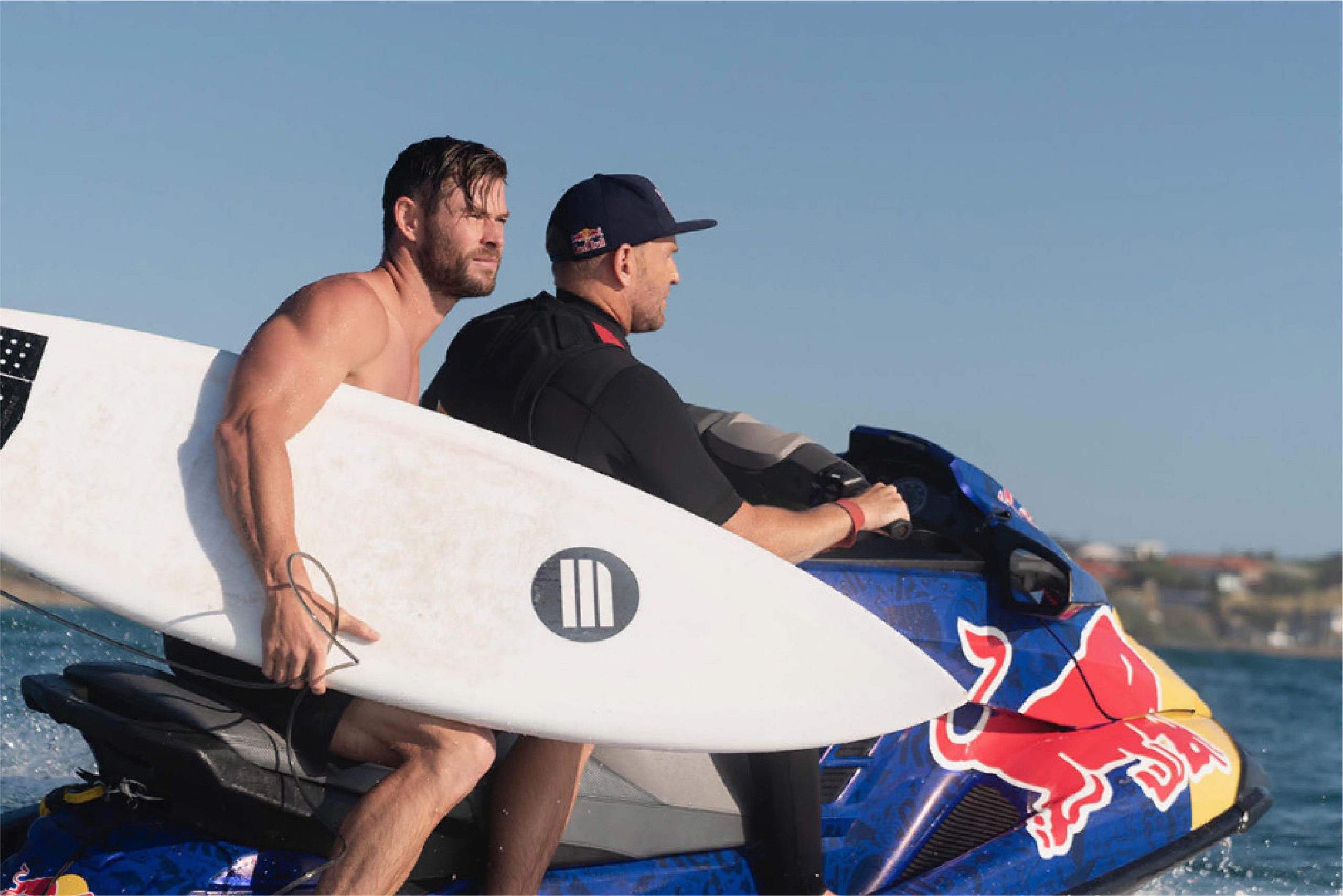






Unreal Engine 5
Sure! When it comes to designing and engineering detailed projects using Unreal Engine 5, like those that Ayoub Attache has worked on for brands like Lego, Land Rover, and Bugatti, there are several key processes and considerations that are involved. Let’s dive into these in more detail:
Research and Conceptualisation: Before diving into the actual design and engineering process, it’s important to conduct research and conceptualise the project thoroughly. This includes gathering information about the brand and its objectives, analysing target audiences and competitors, and developing a strong concept that will guide the project’s direction.
3D Modelling: The next step is to create 3D models of the various components and elements that will be featured in the project. This requires a deep understanding of the brand’s visual identity and style, as well as technical proficiency with 3D modelling software like Maya or 3ds Max. Ayoub Attache is known for his impressive 3D modelling skills, which allow him to create highly detailed and realistic models that capture the essence of the brand.
Animation: Once the 3D models have been created, the next step is to add animation and movement to bring the project to life. This requires a thorough understanding of animation principles and techniques, as well as the ability to work with Unreal Engine 5 animation tools to create smooth and realistic movements. Ayoub Attache has demonstrated his expertise in animation through his work on projects like the Bugatti advert, which features a highly detailed and realistic animation of the car in motion.
Programming: Programming is a crucial aspect of Unreal Engine 5, as it allows for complex interactions and behaviours to be added to the project. This involves writing scripts in C# or another programming language to control the behaviour of objects, create user interfaces, and handle other important functions. Ayoub Attache has a strong background in programming, which allows him to create complex and interactive projects that engage users on multiple levels.
Testing and Optimisation: Finally, once the project has been designed and engineered, it’s important to thoroughly test and optimise it to ensure that it performs well on different devices and platforms. This requires a deep understanding of Unreal Engine 5 performance optimisation tools, as well as the ability to troubleshoot and debug issues that arise during testing. Ayoub Attache is known for his attention to detail and dedication to quality, which ensures that his projects are optimised and perform well on a wide range of devices.
Storyboarding and Prototyping: Once the user flows and interactive elements have been designed, the next step is to create storyboards and prototypes to visualise the overall experience. This involves working closely with designers, animators, and programmers to ensure that the final product is cohesive and well-executed. AI can be used to generate storyboards and prototypes more quickly and efficiently, allowing for faster iteration and refinement.
Integration and Deployment: After the user flows, experience design, and storyboarding are complete, the final step is to integrate and deploy the project. This involves several key tasks: – https://youtu.be/D6RN2L8ia6Y
Asset Management: Managing and organising the various assets used in the project, such as 3D models, textures, and animations, is essential for efficient integration and deployment. AI can be used to automate asset management tasks, such as optimising file sizes and formats, ensuring a streamlined process.
Integration with Unreal Engine 5: The next step is to integrate the project with Unreal Engine 5, a powerful game development platform that enables the creation of high-quality, interactive 3D content. This requires a deep understanding of the engine’s tools and features, as well as the ability to work closely with designers, animators, and programmers to ensure seamless integration. AI can be used to automate aspects of this process, such as generating code or setting up scenes, speeding up the overall process.
Quality Assurance and Testing: Before deploying the project, it’s crucial to conduct thorough quality assurance and testing to ensure that the final product is polished and free of bugs or other issues. AI can be used to automate aspects of this process, such as identifying potential issues or generating test cases, making the process more efficient and effective.
Deployment and Distribution: Finally, once the project has been integrated with Unreal Engine 5 and thoroughly tested, it’s time to deploy and distribute the content to the desired platforms, such as PC, console, or mobile. AI can be used to automate aspects of this process, such as generating builds for different platforms or optimising the distribution process, ensuring a smooth and successful launch.
In conclusion, designing and engineering detailed projects using Unreal Engine 5 requires a combination of technical expertise, creativity, and attention to detail. Ayoub Attache is a talented graphic engineer who has demonstrated his mastery of these skills through his work on projects for brands like Lego, Land Rover, and Bugatti. Through research, conceptualisation, 3D modelling, animation, programming, and testing, Ayoub Attache has created stunning content that engages users and showcases the unique qualities of each brand.
Looking forward to chatting with CMOs.
Task
Ayoub Attache has worked on for brands like Lego, Land Rover, and Bugatti,












 Content text
Content text
 Content text
Content text






